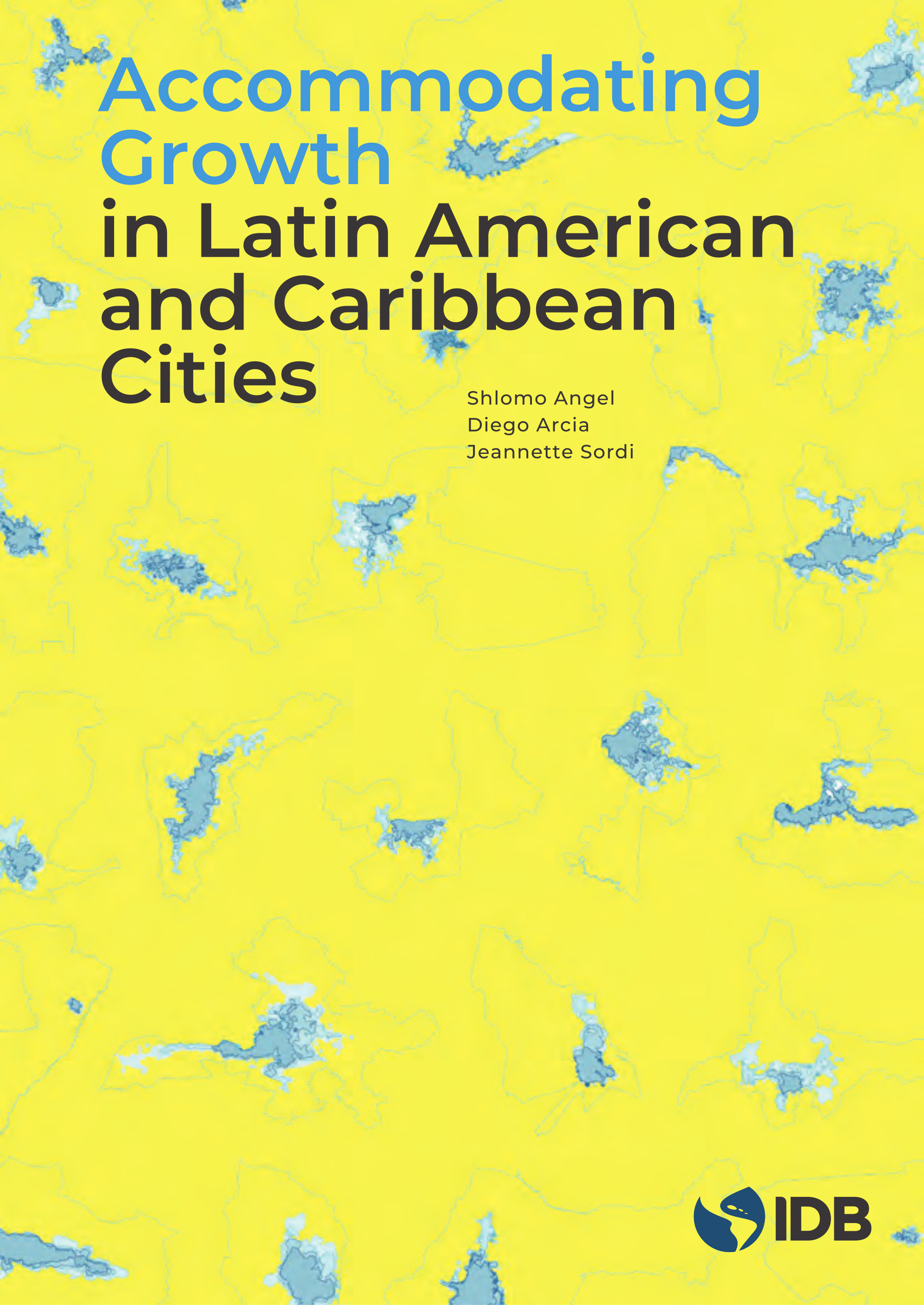Accommodating Urban Growth in Latin American and Caribbean Cities
Date issued
May 2025
Subject
Urban Planning;
Diversity and Inclusion;
Housing Market;
Housing Unit;
Housing;
Debtor Finance;
Urbanization
JEL code
R14 - Land Use Patterns;
R28 - Government Policy;
R31 - Housing Supply and Markets;
R41 - Transportation: Demand, Supply, and Congestion • Travel Time • Safety and Accidents • Transportation Noise;
R42 - Government and Private Investment Analysis • Road Maintenance • Transportation Planning;
R52 - Land Use and Other Regulations;
R58 - Regional Development Planning and Policy;
O18 - Urban, Rural, Regional, and Transportation Analysis • Housing • Infrastructure;
O21 - Planning Models • Planning Policy;
Q01 - Sustainable Development;
Q24 - Land;
Q56 - Environment and Development • Environment and Trade • Sustainability • Environmental Accounts and Accounting • Environmental Equity • Population Growth
Country
Mexico;
Belize;
Guatemala;
Honduras;
Guyana;
Suriname;
Colombia;
Ecuador;
Peru;
Bolivia;
Chile;
Paraguay;
Uruguay;
Argentina;
Brazil;
Nicaragua;
Bahamas;
Barbados;
Haiti;
Costa Rica;
El Salvador;
Dominican Republic;
Jamaica
Category
Monographs
“Accommodating Urban Growth in Latin American and Caribbean Cities” is the result of a collaboration between the Inter-American Development Bank (IDB) and New York University, initiated in 2021 with the support of the Korean Government and the Korean Research Institute for Human Settlements. The main goal of the initiative, and the resulting publication, is to enhance the capacity of national and sub-national governments in Latin America and the Caribbean to implement effective territorial planning in response to projected urban growth from 2020 to 2050. Although territorial planning has historically prepared land for urban development and improved existing neighborhoods, it has struggled to keep pace with rapid urbanization, resulting in poorly planned areas, inadequate protection of natural resources, and insufficient resilience against climate risks.
The book is organized in three sections. The first section present the results of the study conducted by Prof. Shlomo Angels and the Marron Institute for Urbanization at New York University. The study investigates how cities can accommodate new urban populations and elevate the standard of living of current dwellers through a new conceptual framework. The section introduces examples of international best practices in accommodating urban growth and reviews the emerging empirical evidence gathered in 70 cities for territorial planning in the LAC Region. The second section is the Atlas of the seventy cities. A series of maps, graphs, and data portray the anatomy of density of cities in the region through 3 or 7 parameters that allow to depict their transformation over the past four decades and project their potential for future growth. Campo Grande, Merida, and San Salvador are presented as case studies. Finally, the third section presents a series of strategies to plan for urban growth: guidelines for urban expansion and densification, new frameworks for sustainability, and emerging technologies.
The book is organized in three sections. The first section present the results of the study conducted by Prof. Shlomo Angels and the Marron Institute for Urbanization at New York University. The study investigates how cities can accommodate new urban populations and elevate the standard of living of current dwellers through a new conceptual framework. The section introduces examples of international best practices in accommodating urban growth and reviews the emerging empirical evidence gathered in 70 cities for territorial planning in the LAC Region. The second section is the Atlas of the seventy cities. A series of maps, graphs, and data portray the anatomy of density of cities in the region through 3 or 7 parameters that allow to depict their transformation over the past four decades and project their potential for future growth. Campo Grande, Merida, and San Salvador are presented as case studies. Finally, the third section presents a series of strategies to plan for urban growth: guidelines for urban expansion and densification, new frameworks for sustainability, and emerging technologies.
Generative AI enabled




